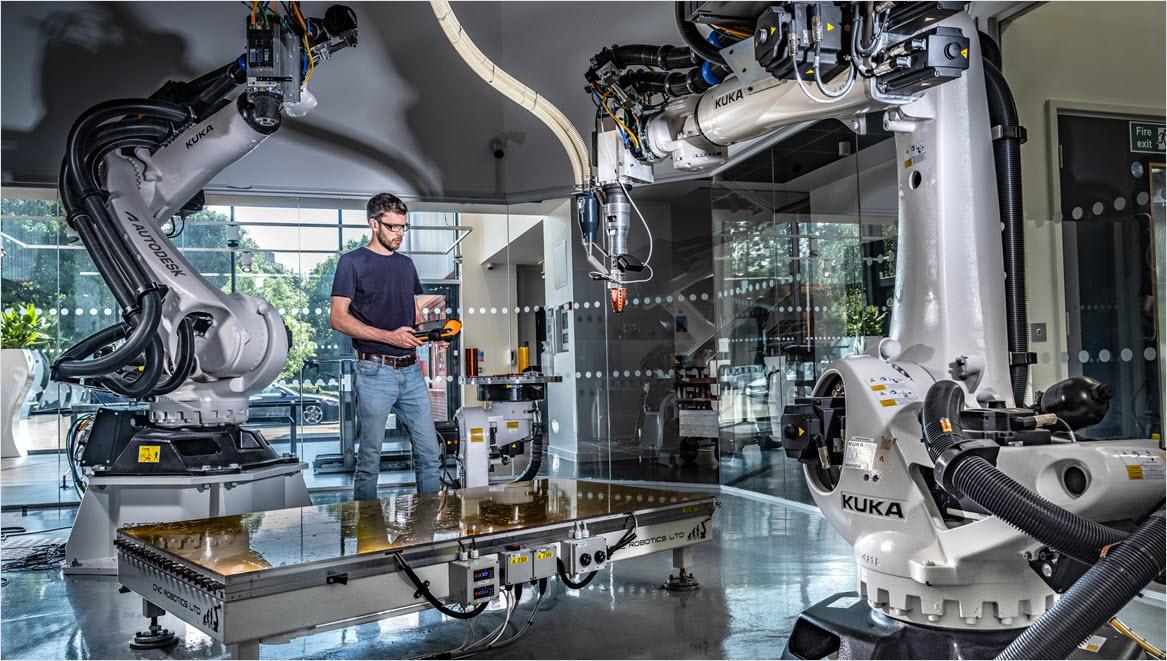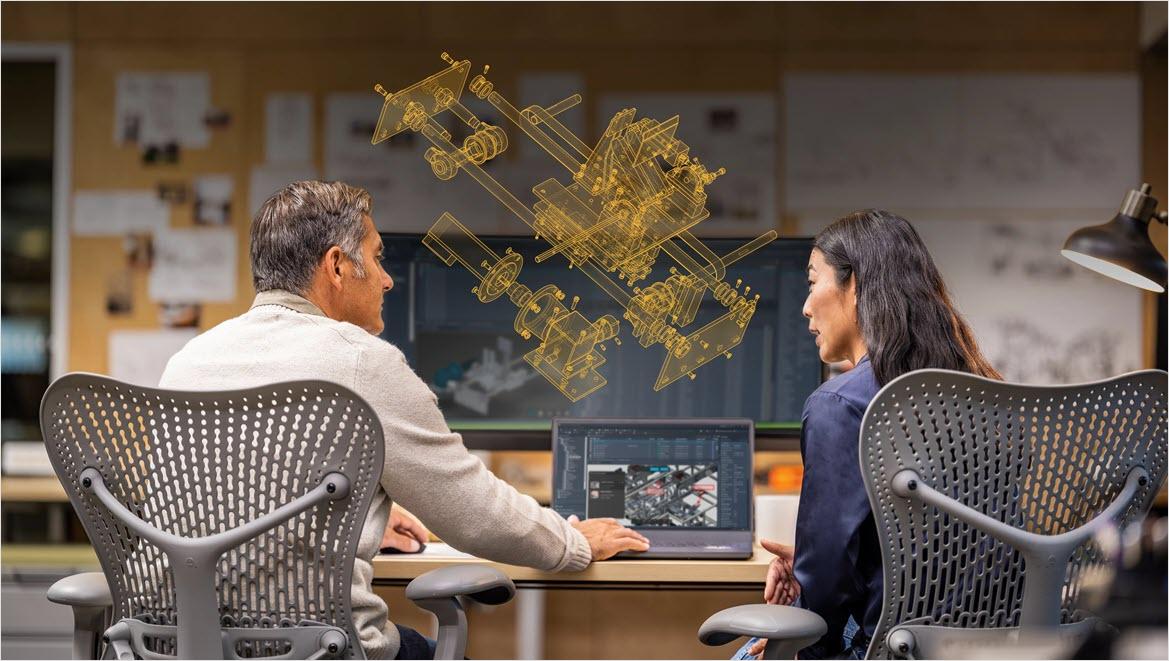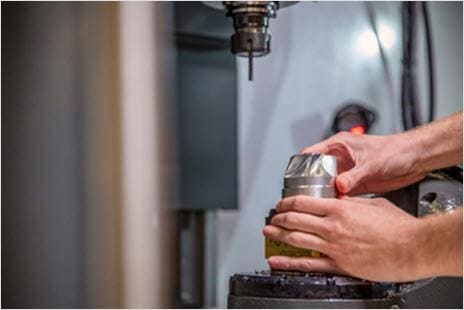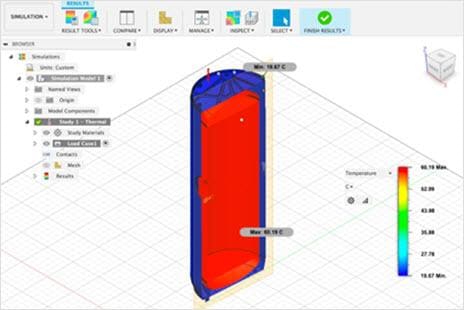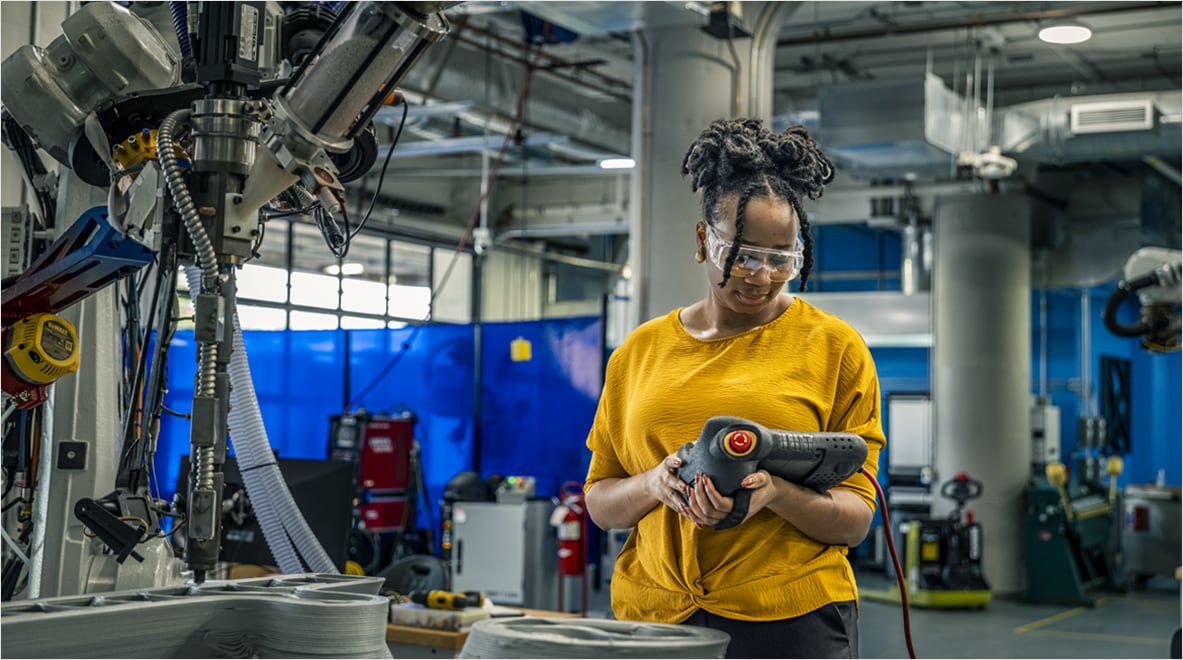Here are five examples of manufacturing digitalisation:
1. Predictive maintenance: Manufacturers use IoT sensors and machine learning algorithms to monitor equipment health in real time. This allows them to predict potential failures, schedule maintenance proactively and minimise unplanned downtime, thereby enhancing operational efficiency and reducing costs.
2. Smart factories: Smart factories utilise interconnected systems, robotics and automation to optimise production processes. For instance, Siemens' Amberg Electronics Plant employs IoT, AI and robotics to create a highly automated and efficient manufacturing environment, resulting in reduced lead times and higher product quality.
3. Additive manufacturing (3D printing): Additive manufacturing enables rapid prototyping and customised production. Companies like General Electric (GE) use 3D printing to produce complex aircraft engine components, allowing for faster design iterations, reduced material waste and the creation of intricate parts that traditional methods cannot achieve.
4. Digital twins: Digital twins are virtual replicas of physical systems that allow manufacturers to simulate, analyse and optimise processes. Rolls-Royce, for example, uses digital twin technology to monitor and optimise the performance of its jet engines, improving maintenance schedules, fuel efficiency and engine lifespan.
5. Supply chain visibility: Digitalisation enhances supply chain visibility and integration. Tesla, for example, uses a digital platform to manage its supply chain, enabling real-time tracking of parts and materials, improving inventory management and ensuring timely delivery of components. This integration helps Tesla respond quickly to changes in demand and streamline production processes.
These examples illustrate how digitalisation can significantly improve efficiency, quality and innovation in the manufacturing sector.






